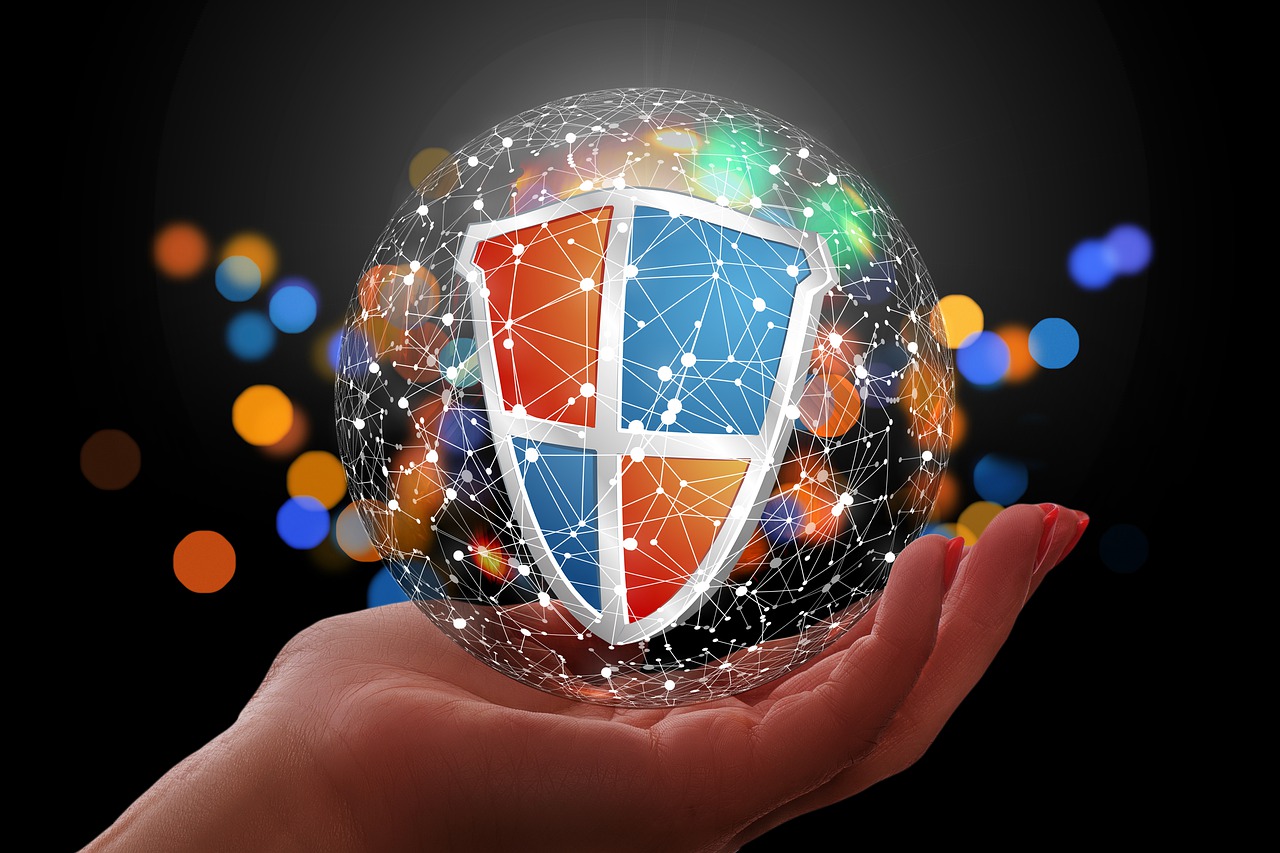CYBER SECURITY MUST KNOWS FOR CLOUD SERVICE PROVIDERS
WHAT IS CLOUD COMPUTING?
The Information Technology world is emerging and with fast pace, new innovative ideas are changing the scenarios constantly and cloud computing was one of those ideas which has changed the perspective of IT services.
Cloud Computing is a network of remote servers which are used to store, manage and process data via internet, instead of local servers or hard drives.
With ease of use and flexibility, it has become most usable IT services nowadays.
SECURITY RISKS ASSOCIATED WITH CLOUD COMPUTING?
Cloud computing transformed the way organizations store, use, and share data, applications, infrastructure and workloads. Cloud computing also provides a flexible model for simplified IT management, remote access, mobility, and cost-efficiency. With so much ease of access and flexibility most of the organisations are availing cloud services, however as more mission-critical applications migrate to the cloud, data privacy and software security are growing concerns. With so much data going into the cloud including critical data like PII and PHI —these resources become natural targets for hackers.
Availing IaaS or Moving web applications to the cloud does not make organisations inherently more secure. Organization nowadays might be ready to adopt the benefits of the cloud infrastructure. But you must also ensure you address all the potential security risks in cloud computing, especially public clouds.
WHAT IS CLOUD COMPUTING SECURITY?
Cloud computing security is the combination of guidelines and technologies controls, which are helpful to manage information security compliance and provides instructions for securing data applications and infrastructure identify with cloud computing use.
Cloud computing has many advantages, such as Ease of use for customer, speed and efficiency. But there are also many potential threats in cloud computing. These threats include human errors, misconfigurations, data breaches, insider attacks, account hijacking, and DDoS attacks. According to studies, businesses which are using cloud computing services are more prone to data breach and cyber-attacks in comparison of others.
CLOUD SECURITY: CHALLENGES AND SOLUTIONS
Below is the list of most critical cyber security challenges faced by Cloud Service providers.
1. DATA BREACHES:
A data breach is a result of infrastructure or application vulnerabilities, human error, poor security practices such as weak password, inadequate access control etc. Data breach is one of the top most security challenges, mostly public cloud because of different requirements by different customers. Solution to this problem is that organizations should always secure their databases which contains sensitive data like user credentials, by hashing and salting and implement proper logging and behavior anomaly analysis.
2. HUMAN ERROR:
Human errors like clicking on malicious links, sharing data with unauthorised person, using weak passwords and not having maker checker procedures etc. are challenges in Cloud security. These errors are often at customer’s end. Training and awareness pertaining to Cyber Security, imposing strong password policy and segregation of duties can really resolve this issue. Proper monitoring is also necessary.
3. INSUFFICIENT IDENTITY, ACCESS AND KEY MANAGEMENT:
Hackers can act as legitimate users, developers, or operators can read, manipulate, and delete data; snoop on data in transit or release malicious software that appears to originate from a genuine source. Any unwanted service running on the server can allow access without authentication. Solution to this problem is implementation of preventative controls across all perimeters, and that organizations scan managed, shared and public environments for vulnerabilities.
4. DATA LOSS:
Data loss can be because of an accidental deletion by the cloud service provider, or a disaster like a fire or earthquake, can lead to the permanent loss of customer data unless the provider or cloud consumer .takes adequate measures to back up data, Solution to this problem is having a full proved Business Continuity and Disaster Recovery plan in place, performing data backups & testing regularly and conducting DR drills at regular intervals.
5. INSECURE APPLICATION PROGRAMMING INTERFACES (APIS):
APIs are exposed to public and so too attackers, an API is likely to be the initial entry point for attackers. Hackers exploit vulnerabilities of insecure APIs to get access to servers. Performing security assessment prior to deployment and after any significant change can help to identify the existing weaknesses and patching it.
6. ADVANCED PERSISTENT THREATS (APT):
APT uses sophisticated and continuous attack techniques to get access in Cloud infrastructure and monitor the Cloud provider’s activity and steal the data rather damaging the networks. In this the attacker gain access and remain undetected for long. Monitoring network on regular basis for abnormal behaviour, update latest antivirus signatures and scanning networks on regular basis can resolve this issue.
7. INSIDER ATTACKS/ MALICIOUS INSIDER:
A malicious insider can be performed by any employee or any privileged user who has access to potentially sensitive information, and critical systems which contains critical data. Organisations which are doesn’t have their own IT security mechanism and solely dependent on cloud service providers are at higher risk. A Data Loss Prevention (DLP) solution along with event logging and monitoring is a solution for this challenge. A Confidentiality Agreement signed with employees will act as deterrence.
8. DISTRIBUTED DENIAL OF SERVICE (DDOS) ATTACKS:
DDOS attack is a crafted malicious attack to disrupt normal traffic and prevent users of a service from being able to access their data or applications. Attacker can cause a system slowdown and leave all legitimate service users without access to services by forcing the targeted cloud service to consume inordinate amounts of finite system resources such as network bandwidth, processor power, memory or disk space. Implementing adequate network security measures like IDS, IPS, and Load Balancers and monitoring networks for anomalies. Having a robust Business Continuity plan will definitely help.
9. SYSTEM VULNERABILITIES:
System vulnerabilities are the weaknesses or loopholes in any application and network, which can be exploited by any malicious user to intrude into a system to steal or manipulate data, taking control of the system or disrupting service operations. Vulnerabilities within the components of the application and operating system put the security of all services and data at significant risk. In case of public cloud, application or systems from various organizations are sharing memory and resources, creating a new attack surface. Regular patch management, bug fixing and vulnerability management is the best solution for this issue.
10. SPECTRE AND MELTDOWN:
Last but not the least, Spectre and Meltdown which are considered as the most catastrophic vulnerabilities where hackers can exploit Meltdown to view data on virtual servers hosted on the same hardware, potentially disastrous for cloud service providers. Spectre is worse –it is hard to exploit and even harder to fix.
In a nutshell the security solution is very crucial for any Cloud Service provider for their business .Compliance related to cyber security protect the organisation from unauthorized access, data breaches and other threats and also provide assurance and confidence to clients.





